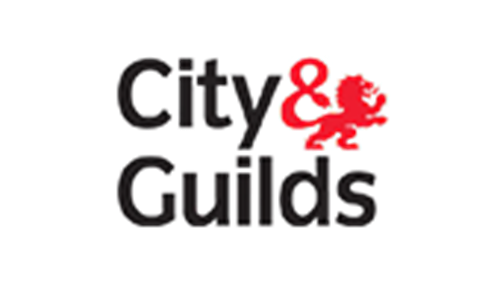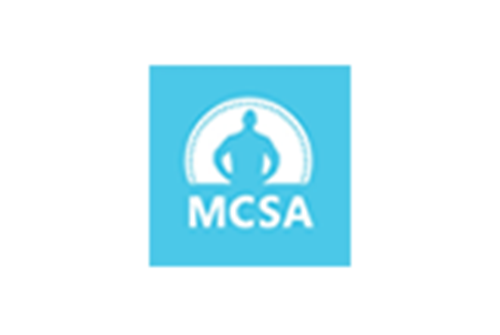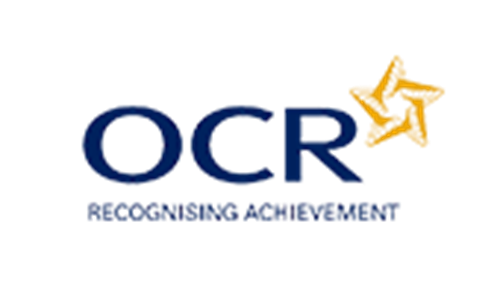If so, it would be great if you could leave a rating below, it helps us to identify which tools and guides need additional support and/or resource, thank you. To enable our readers to learn from quality articles and content, without fluff, with respect for their time and busy daily lives. Combined, you’re able to more effectively plan your road map and check your progress every month. That gives you more data to inform decisions, pivot more quickly, and ultimately provide a better overall customer experience.
- The total profit from the fixed asset investment is $35 million, which we'll divide by five years to arrive at an average net income of $7 million.
- ICalculator helps you make an informed financial decision with the ARR online calculator.
- The best way to get familiar with this tool is to consider three real-life examples.
- It gives you a high-level overview of your business health and helps you calculate the rate at which you need to grow to keep building on your success.
- But without a clear understanding of how their pricing affects recurring revenue, Netflix would have a difficult time keeping pace with their competition.
By including only the real revenue generated through your subscriptions, you create the most accurate picture of the health and success of your business. To track the health of your subscription business over time, you need in-depth knowledge of the company’s current financial standing and how you’re stacking up to yearly growth goals. Whether you’re re-evaluating product-market fit, planning for new feature releases, or doubling down on expansion revenue, knowing the real-world impact of your decisions is paramount.
When we would like to account for the time length and effect of reinvested return, in particular the compounding frequency, things become tricky. Upgrading to a paid membership gives you access to our extensive collection of plug-and-play Templates designed to power your performance--as well as CFI’s full course catalog and accredited Certification Programs. If the ARR is equal to 5%, this means that the project is expected to earn five cents for every dollar invested per year. We'll now move on to a modeling exercise, which you can access by filling out the form below. We'll now move to a modeling exercise, which you can access by filling out the form below.
Overall, the Average Rate of Return Calculator is a helpful tool for anyone looking to grow their wealth through investing. Use it to track the performance of your investments and make informed decisions about where to invest your money in the future. The ARR can be used by businesses to make decisions on their capital investments. It can help a business define if it has enough cash, loans or assets to keep the day to day operations going or to improve/add facilities to eventually become more profitable. For those new to ARR or who want to refresh their memory, we have created a short video which cover the calculation of ARR and considerations when making ARR calculations.
By comparing ARRs for several years, a company can clearly see whether its business decisions are resulting in any progress. In addition, ARR can also be utilized to assess the company's long-term business strategies. XYZ Company is looking to invest in some new machinery to replace its current malfunctioning one. The new machine, which costs $420,000, would increase annual revenue by $200,000 and annual expenses by $50,000. The machine is estimated to have a useful life of 12 years and zero salvage value. If the ARR is less than the required rate of return, the project should be rejected.
The calculation is carried out using the accounting rate of return formula, which takes the average annual net income over the term of the project and divides it by the average investment in the project. To calculate ARR you need to account for all recurring revenues within your subscription business. As a fundamental metric for contextualizing your overall growth and the momentum at which you can scale, a few different factors come into play. Put simply, you calculate ARR by subtracting the amount of revenue lost from cancellations from the revenue generated by yearly subscriptions and upgrades. Tracking the total yearly dollar amount of those subscriptions is the only way you’ll know exactly how much revenue your company is making.
Since we now have all the necessary inputs for our annual recurring revenue (ARR) roll-forward schedule, we can calculate the new net ARR for both months. Suppose we're projecting the annual recurring revenue (ARR) of a SaaS company that ended December 2021 with $4 million in ARR. Annual Recurring Revenue (ARR) estimates the predictable revenue generated per year by a SaaS company from customers on either a subscription plan or a multi-year contract. Abbreviated as ARR and known as the Average Accounting Return (AAR) indicates the level of profitability of investments, thus the higher the percentage is the better. This figure is usually compared with a desired rate return on investment and in case exceeds it the investment plan may be approved by the investors in question. SaaS business models are normally low cost from the start, and typically reducing costs is only a big deal for cost heavy industries.
Advantages and Disadvantages of the ARR
However, for more comprehensive financial analysis, other methods like Net Present Value (NPV) and Internal Rate of Return (IRR) are often used in conjunction with ARR. The Average Rate of Return Calculator is a useful tool for anyone looking to track the performance of their investments. By inputting the beginning and ending value of your investment, as well as any contributions or withdrawals made during the investment period, you can calculate the average rate of return on your investment. This can be helpful in determining how well your investments are performing over time and comparing the performance of different investments. The main difference between ARR and IRR is that IRR is a discounted cash flow formula while ARR is a non-discounted cash flow formula. A non-discounted cash flow formula does not take into consideration the present value of future cash flows that will be generated by an asset or project.
Reduce your customer acquisition costs
Take your learning and productivity to the next level with our Premium Templates. Access and download collection of free Templates to help power your productivity and performance. In both months, the churn rate and expansion ARR will be estimated as 6% and 2% respectively.
Full details of how the method is used can be found in our accounting rate of return tutorial. Keep your finger on the pulse of your subscription business, with revenue reporting that updates in real time. Retaining customers means that your product is aligned properly with a value metric you https://simple-accounting.org/ are in tune with your customer personas. This naturally paves the way for more MRR/ARR by expanding the width of retained customers as well as expanding the length of the customer lifespan. Give them incentive to upgrade within your product by aligning the product with your value metric.
How to Calculate ARR
This accounting rate of return calculator estimates the (ARR/ROI) percentage of average profit earned from an investment (ROI) as compared with the average value of investment over the period. ARR for projections will give you an idea of how well your project has done or is going to do. Calculating the accounting rate of return conventionally is a tiring task so using a calculator is preferred to manual estimation. If you choose to how to prepare a balance sheet complete manual calculations to calculate the ARR it is important to pay attention to detail and keep your calculations accurate. If your manual calculations go even the slightest bit wrong, your ARR calculation will be wrong and you may decide about an investment or loan based on the wrong information. Hence using a calculator helps you omit the possibility of error to almost zero and enable you to do quick and easy calculations.
Because of its ease of use and determination of profitability, it is a handy tool in making decisions. However, the formula does not take into consideration the cash flows of an investment or project, the overall timeline of return, and other costs, which help determine the true value of an investment or project. Accounting Rate of Return (ARR) is the percentage rate of return that is expected from an investment or asset compared to the initial cost of investment.
What Are the Decision Rules for Accounting Rate of Return?
For example, if the minimum required return of a project is 12% and ARR is 9%, a manager will know not to proceed with the project. The ARR calculator created by iCalculator can be really useful for you to check the profitability of the past, present or future projects. It is also used to compare the success of multiple projects running in a company. Using ARR you get to know the average net income your asset is expected to generate. Whether it’s a new project pitched by your team, a real estate investment, a piece of jewelry or an antique artifact, whatever you have invested in must turn out profitable to you. Every investment one makes is generally expected to bring some kind of return, and the accounting rate of return can be defined as the measure to ascertain the profits we make on our investments.
What is rate of return?
XYZ Company is considering investing in a project that requires an initial investment of $100,000 for some machinery. There will be net inflows of $20,000 for the first two years, $10,000 in years three and four, and $30,000 in year five. With the two schedules complete, we'll now take the average of the fixed asset's net income across the five-year time span and divide it by the average book value. The standard conventions as established under accrual accounting reporting standards that impact net income, such as non-cash expenses (e.g. depreciation and amortization), are part of the calculation. ARR comes in handy when investors or managers need to quickly compare the return of a project without needing to consider the time frame or payment schedule but rather just the profitability or lack thereof.
Therefore, this means that for every dollar invested, the investment will return a profit of about 54.76 cents. The average book value is the sum of the beginning and ending fixed asset book value (i.e. the salvage value) divided by two. The ending fixed asset balance matches our salvage value assumption of $20 million, which is the amount the asset will be sold for at the end of the five-year period. The time value of money is the concept that money available at the present time is worth more than an identical sum in the future because of its potential earning capacity.
It’s important to utilize multiple financial metrics including ARR and RRR to determine if an investment would be worthwhile based on your level of risk tolerance. It's important to note that the ARR method is a simplified capital budgeting technique and has its limitations. It does not take into account the time value of money (discounting), and it relies on accounting profits, which may not always reflect the true economic profitability of an investment. Remember that the average rate of return is not the same as the actual return you will receive, as investment returns can fluctuate from year to year. Always do your research, diversify your investments, and consult with a financial advisor before making any investment decisions. To use the Average Rate of Return Calculator, you would input the beginning value, ending value, and any contributions or withdrawals made during the investment period.






























 WhatsApp
WhatsApp